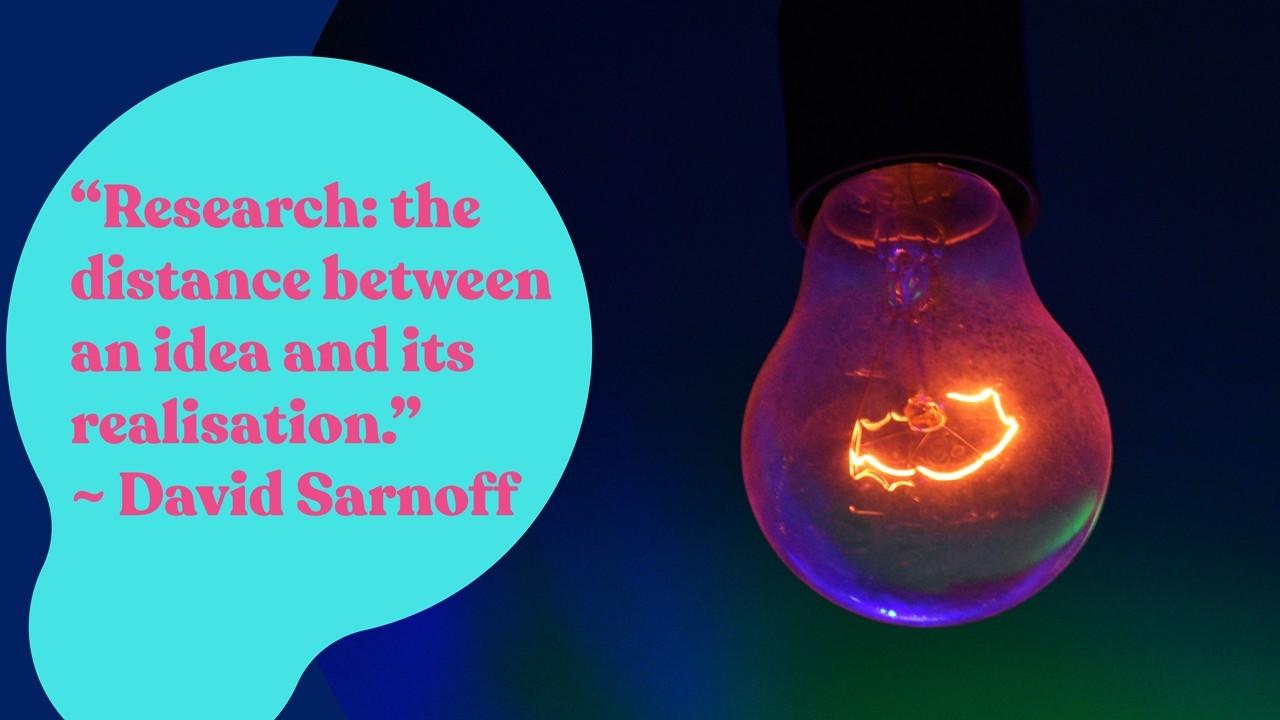THE POWER OF RESEARCH

My favourite science communicator Carl Sagan once said “somewhere, something incredible is waiting to be known”. Market research, a little like marketing & branding, is vital to corporates and brands but its often considered a luxury by non-profit management.
Non-profits, like companies, exist to solve a problem. How can you solve a problem if you don’t understand it? How do you enrol donors if you don’t understand their motivations? And how do you make a compelling pitch to corporates without verifiable statistics to back up what you’re saying?
Corporates live and breathe market research, for them it’s a necessity not a nicety. Long gone are the days of expensive research, so there’s no excuse for NOT becoming a research ninja!
Research
A key element about doing research is to ensure that its conducted in a credible and professional manner (otherwise it won’t be taken seriously by management or indeed corporates). If it’s what’s known as ‘quantitative research’[1] there must be an adequate sample size for it to be credible.
Six things I’ve learned from authoring over 7 reports & books based on research data:
- Why are you doing the research? To prove a theory to secure more government funding? Show corporates that Australians trust your brand? Ensure you’re clear on the research objective (which should align with a business goal/objective) before diving into the questions
- Who are you surveying? Depending on the above, ensure the audience is relevant. There’s no point asking your donors if they trust your brand if you want to convince corporates. Donors are totally biased to your cause and are a tiny representation of the Australian consuming public, which is what most corporates and brands are after
- What: For general population research, sample size is an important consideration. Generally, a sample size of 1,000 is seen as credible.
- When assessing existing research, ask Who did the research and How did they do it? An intern asking 50 donors is clearly not deemed as credible. If you’re going to do research, do it properly – through an accredited[2], professional research firm
- When presenting/citing research, include the name of the research company, the name of the study and the date of the report (so for example the Edelman Trust Barometer February 2020).
- When was it done? I don’t take any notice of research stats more than 3 years old – the world has changed so much that it lacks relevance and therefore reliability
The other type of research is ‘qualitative’[3] – which is far more in-depth but is generally more expensive . It’s often conducted as a deep dive after quantitative has gathered some ‘top-line’ answers.
For 25 years I’ve turned to one firm to help me answer questions that impact my industry - Di Marzio Research. They are a specialist market research firm who offer a regular Omnibus survey (which now runs weekly). This means you get answers to burning questions quickly and cost-effectively, with the guidance of a professional firm with a credible sample of Australians (1,000 throughout the country).
For the BePartnerReady.com® community there’s an opportunity to insert a couple of questions into this weekly study at a very good price. The investment ranges between $800-$1,000 + GST per question (depending on the type of question - open-ended questions require manual coding/additional analysis time and therefore cost more). The sample resembles the Australian population based on key metrics like gender, age, and location.
A good question former student CareFlight asked in research was: “If you had to choose two products of equal price and quality and one was supporting CareFlight, would you be more likely to buy the product supporting CareFlight?". It’s great to go to a corporate prospect with a statistic like ‘75% of your consumers will choose your product over a competitor if it supports CareFlight’. It was very compelling and helped them to secure an $850k partner.
Contact our friend Paul Di Marzio on ([email protected]). More details about their omnibus: www.dmresearch.com.au/omnibus/
More information about the different types of research and check the credentials of any research firm go to The Research Society – https://researchsociety.com.au/research-company-directory (of which Di Marzio Research are, of course, a member).
Hailey Cavill-Jaspers
[1] Referred to as ‘quant’ by those in the industry, it’s a gathering of quantifiable data. It’s about quantities, and therefore about numbers, ie 70% of Australians would prefer to purchase a product that supports a cause. Nowadays quite a lot of quant research is done online as it’s a cost-effective way to sample a population of interest
[2] Accredited firms are listed on the Research Society website https://researchsociety.com.au/research-company-directory
[3] Referred to as ‘qual’ by those in the industry, this type of research is used to deep dive on issues and gathers people’s thoughts & feelings. Sometimes this is done through in-depth interviews, focus groups, diary accounts or observation. Qual is used to understand how people perceive, think, act, and buy.

